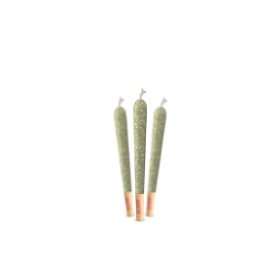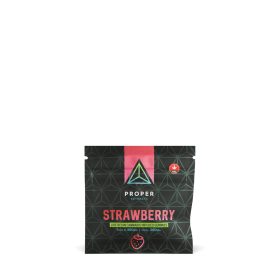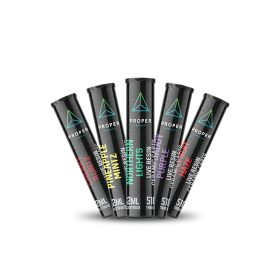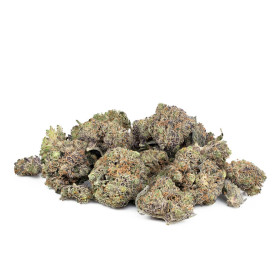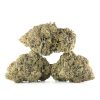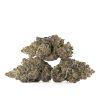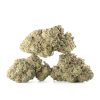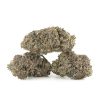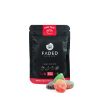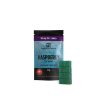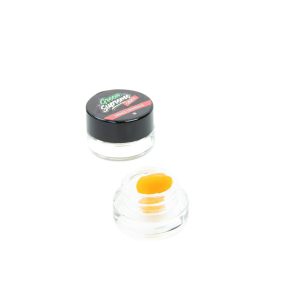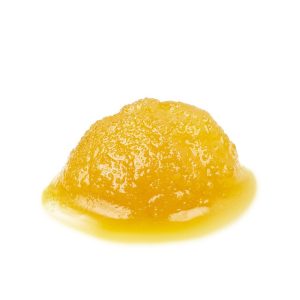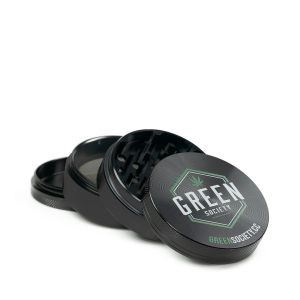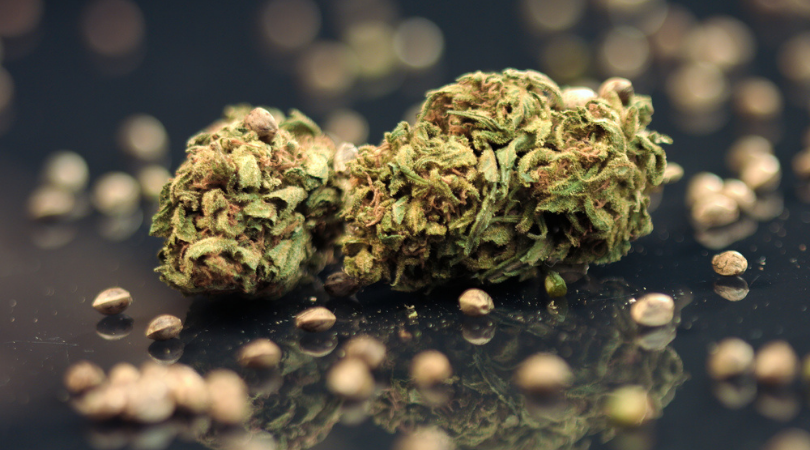If you’ve been around cannabis at any point in your life, you’ve probably heard plenty about indica and sativa. There are people who swear by each strain for very different reasons, but they all believe those strains function a certain way, at least for them.
These terms aren’t new; in fact, they’ve been around for hundreds of years. During that time, these plants have been put through cross-breeding and plenty of different cultivation techniques that have somewhat muddled the waters of purity.
Dozens of scientists and researchers have studied the theory of whether pure strains still exist. This very topic was the centerpiece of a Canadian study that revealed some pretty interesting results. Overall what they’ve found in recent research is that 99.9% of all strains available in the retail market today are hybrid strains, but you can get close to pure products if you know where to look.
What Separates Indica and Sativa
These designations were first thought to have been created in the 18th century. They were mainly used to describe the plants based on their appearance. Those designations were not established due to the plant’s genetic makeup in any way.
In modern times, those words are still used in cultivation circles to describe the plants. However, they’re also used to denote differences in the two strains and their possible benefits. People often describe indica strains as low-key and relaxing and that they’re best used at night for sleeping and calming your nerves. On the flip side, sativa strains are often described as uplifting and energetic. They are best used during the daytime when you have to get things done.
More often than not these days, the products you buy, whether it’s cannabis flower, concentrate, or something else, will be some form of hybrid. That means there is at least a small percentage of each strain in the product, so it’s not 100% pure in either direction.
What you may find is that sativa-dominant strains typically contain higher levels of THC, the psychoactive compound in the cannabis plant, than indica strains. CBD concentration is typically greater in indica strains compared to plants with dominant sativa genes.
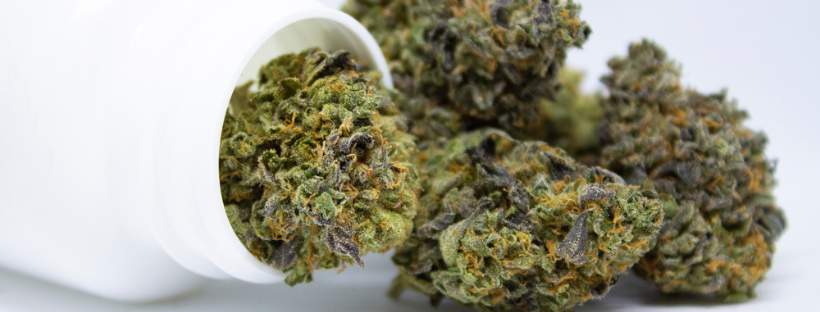
Marijuana Genetics
In 2015, Plos One published a peer-reviewed study, based in Canada, where researchers were specifically trying to figure out whether pure strains can still exist.
The study separated cannabis into two categories: marijuana and hemp. For both categories, they looked at the two genetic pools that give cannabis sativa and cannabis indica. The study indicates that those terms are more often correct when used to describe the plant’s physical appearance, as opposed to the function of the specific cannabinoids.
In the end, these researchers concluded a few things. One discovery is that the majority of hemp plants have a genetic makeup that more closely resembles the genetics of an indica plant. They also concluded that there was only a moderate correlation between a plant’s actual genetic makeup and the strain names they were assigned. While there are specific genetic differences between the two strains, cross-breeding has caused the two genetic pools to mix almost indefinitely.
Another point addressed is that the genetic characterization of cannabis plants is extremely important for clinical research and crop improvements. As more countries legalize cannabis for recreational and medicinal purposes, the need for these designations will continue to grow.
Do the Designations Matter?
The honest answer is sometimes. This is more often for people who cultivate marijuana as opposed to those who consume the plant in any form.
For growers, sativa cannabis plants offer a much larger harvest, especially in climates across Canada. These plants typically grow well both indoors and outdoors, and they can grow to be more than 6 meters tall.
Sativa strains tend to be a little trickier to grow than indica plants for several reasons. For example, sativa plants grow well closer to the equator. If your soil is good, and you can mimic those conditions, these plants will grow and flourish. Indica plants are a little better at adjusting to their environment and will grow in tougher conditions than sativas.
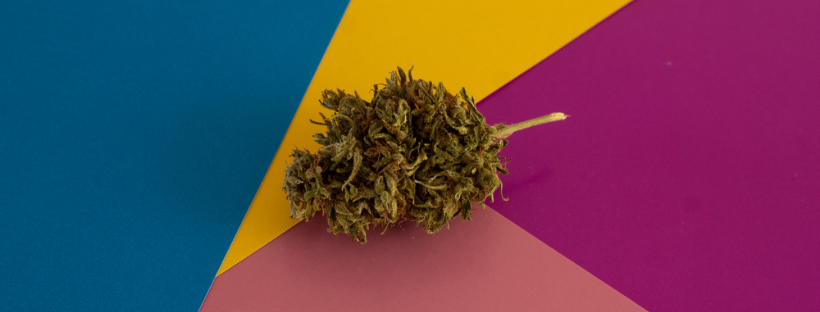
Sativa Strains
You’ll most likely notice, if you haven’t already, that most products in stores today are some form of hybrid. The only product that claims to be close is a sativa strain called Desfran, which hails from South America. Some products claim to be 100% pure sativa, but many of them only have a 90:10 ratio.
There are many products that feature a relatively high sativa-dominant ratio, including the popular haze varieties of cannabis. Users typically describe a psychedelic experience with Haze cannabis-products, like Lemon Haze and Purple Haze.
If you’re looking for sativa specifically, try looking for something that lists at least a 90:10 sativa to indica ratio. There are plenty of these products out there in both cannabis flower form and concentrates.
There are cannabis flower strains like Ghost Train Haze, which has an 80% sativa to 20% indica ratio, as well as full-spectrum concentrates, which are widely available in the market today.
Full-spectrum extracts, also known as whole-plant extracts, are high-terpene concentrates that feature an almost complete profile of a cannabis plant. Aside from the terpenes, these products are inclusive of many compounds, including THC and CBD, along with flavonoids and sterols from the plant.
Those extracts can be used to make other products, such as capsules, right in your own home.
Closing Thoughts
If you want to steer away from looking for indica or sativa products, try looking at compound concentration instead. You’re more likely to find what you’re searching for and achieve your goals by figuring out what concentration of THC, CBD and other compounds and terpenes you like best.
More research is being done on this topic. We may learn something new about the potential for returning these plants to their original genetic form. For now, you can keep an eye out for products that isolate certain compounds and cannabinoids or try products that are infused to be as close to pure as possible.

